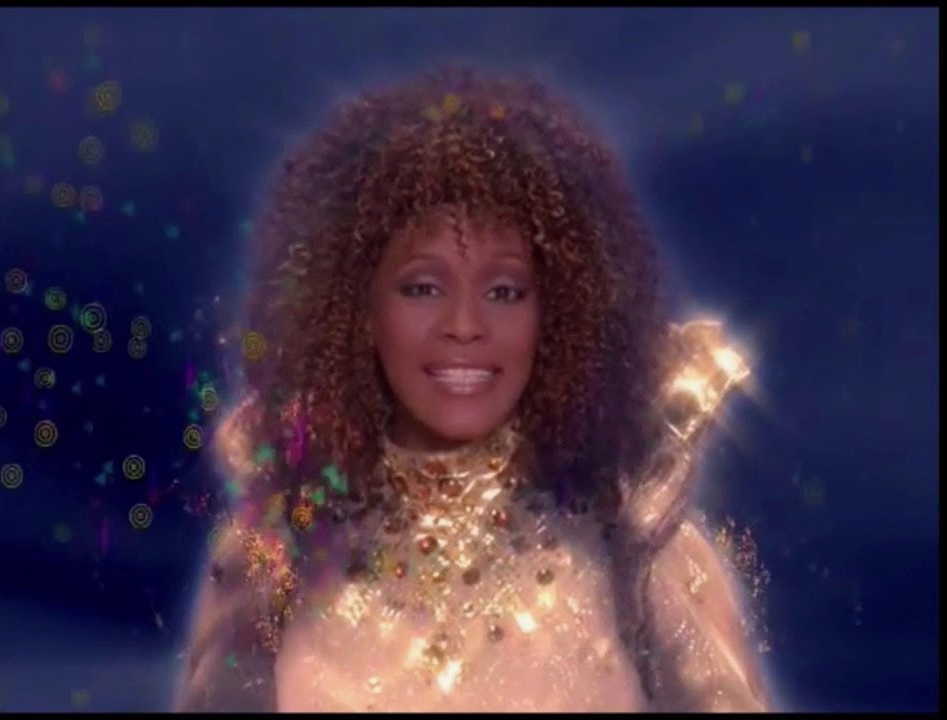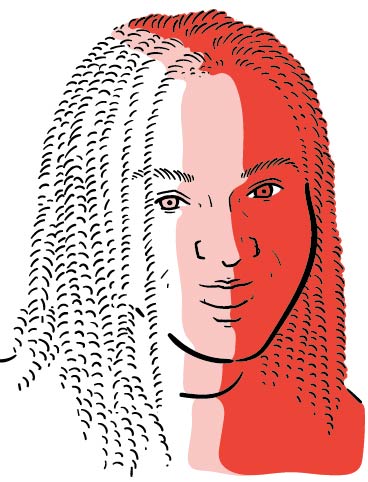
Hulu’s Framing Britney Spears, a documentary which looked at the titular star’s conservatorship, the “Free Britney” movement, and the effect of the ‘90s and ‘00s media in constructing and destroying the image of the titular pop star, not only placed Spears in recent context, but of storytelling traditions more broadly. Contextualizing the media’s frenzied coverage of the relationship between Spears and Justin Timberlake, New York Times critic Wesley Morris quipped, “We don’t have royalty here, we’ve got famous people.” The tabloids and mainstream press alike were lathered up about the narrative possibilities of a young, symbolic American couple. With royalty comes the fairy tale, another vestigial cultural artifact from the days when European kings and queens, and the aristocratic characters in their courts were essentially the only people in their kingdoms who could read. Then, Spears and Timberlake, who had starred together in Disney’s The All-New Mickey Mouse Club in the early ‘90s, were like celebrity versions of the noble lovers featured in the animated fairy tales the “Magic Kingdom” produced. Now, in light of her ongoing legal battle over the restrictive conservatorship that is still executed by her father Jamie, Spears has come to be read as the 21st century version of a princess locked in a castle, an identification supported by contemporary headlines that ask, “Will the princess of pop finally find freedom?”
You have reached your article limit
Sign up for a digital subscription and continue reading all new issues, plus our entire archives, for just $1.50/month.
Already a subscriber? Sign in





